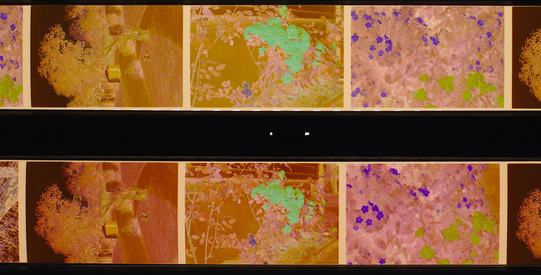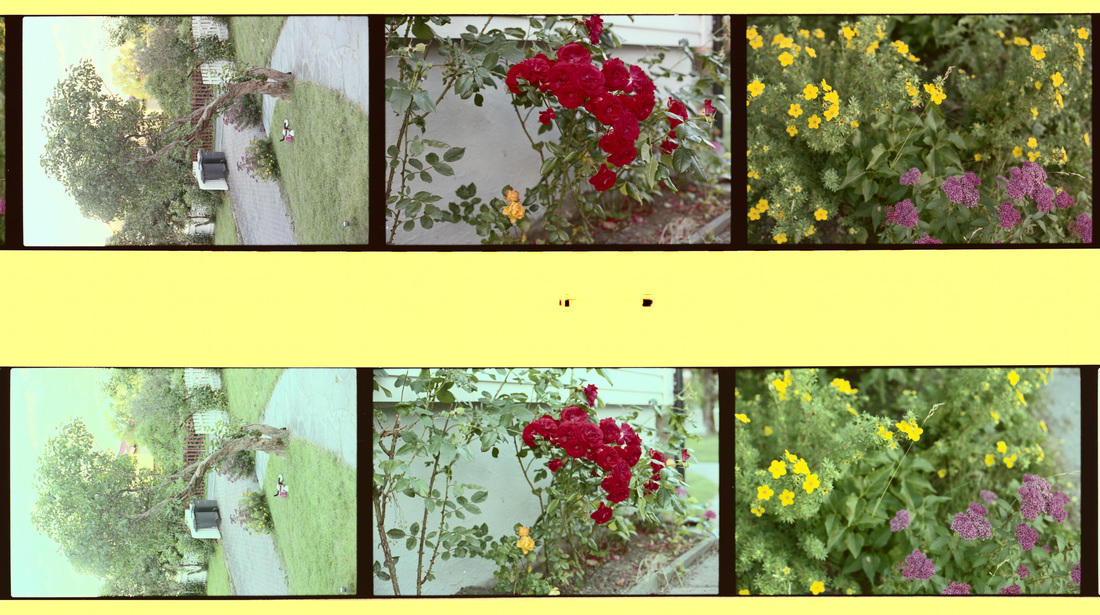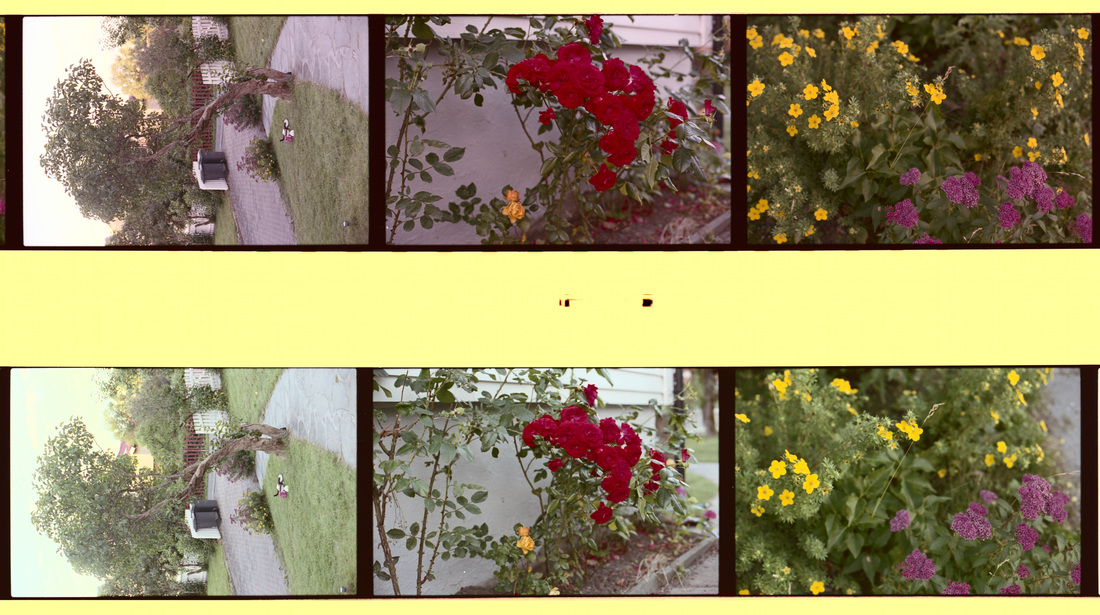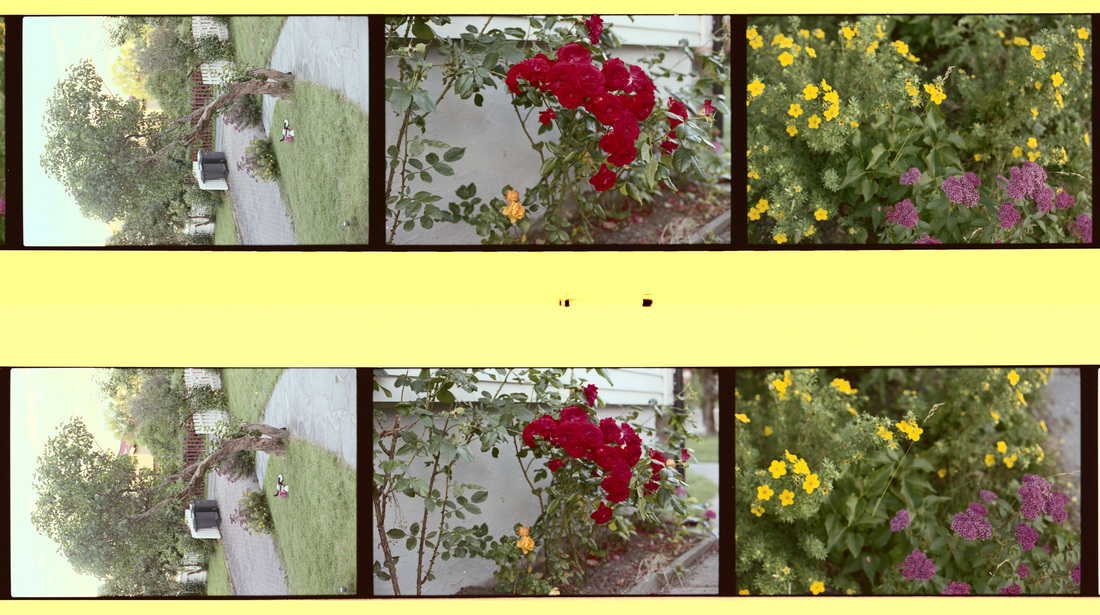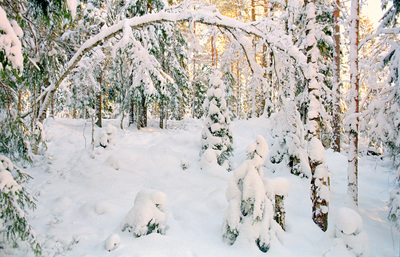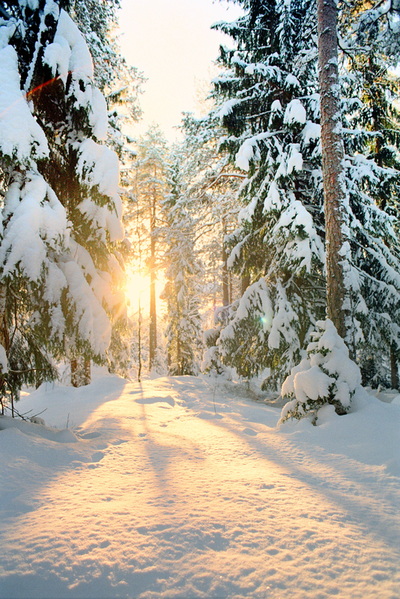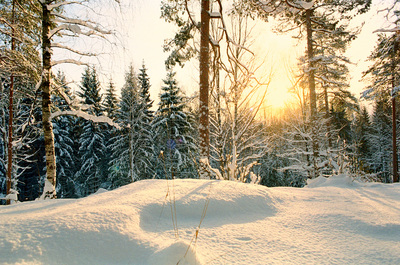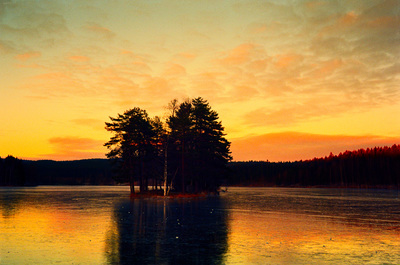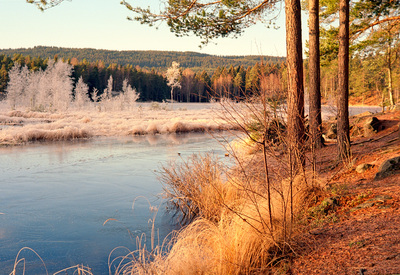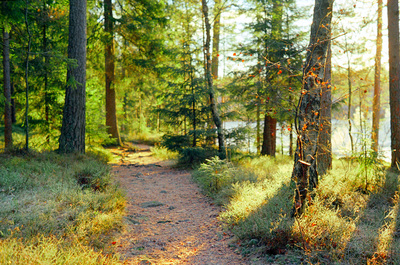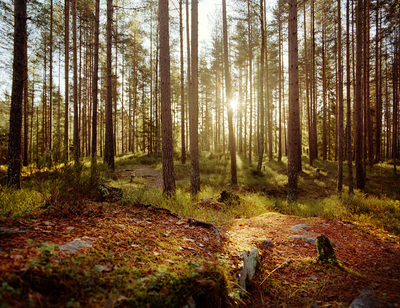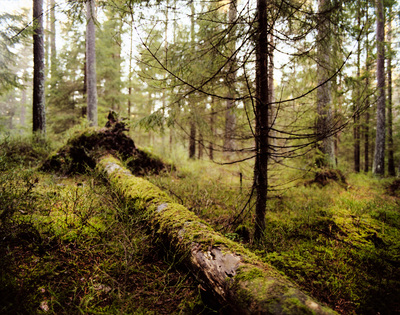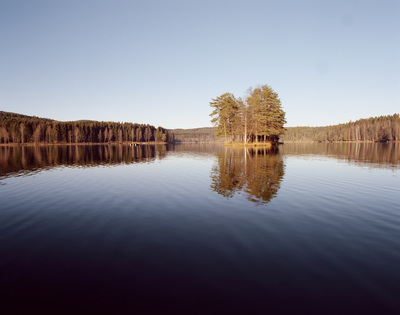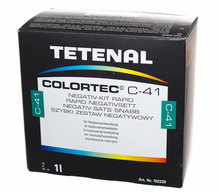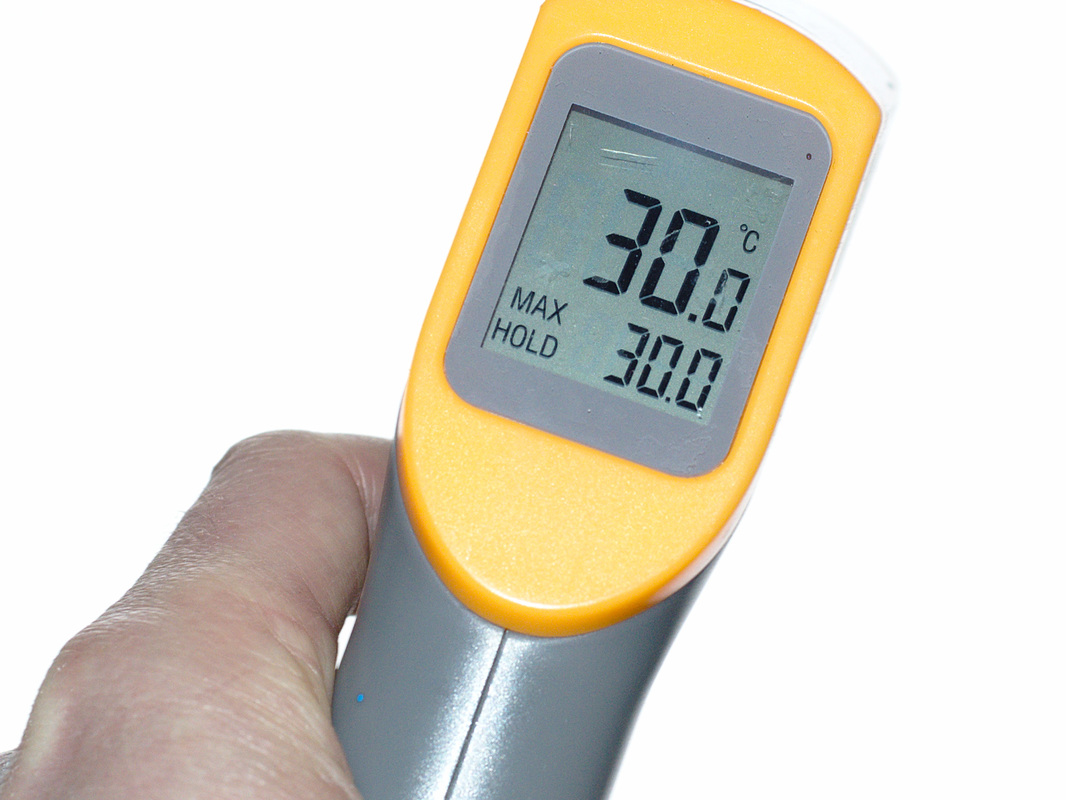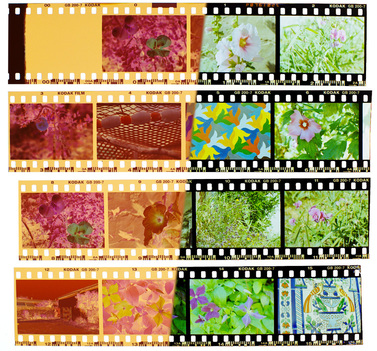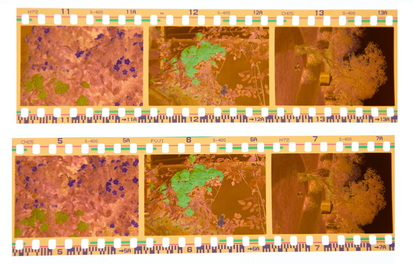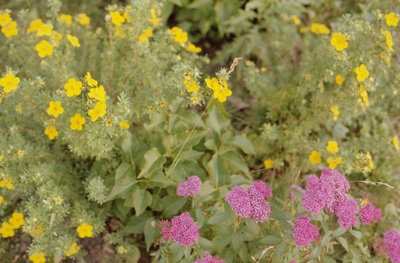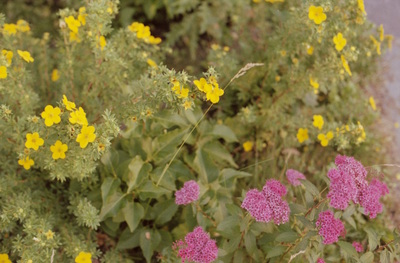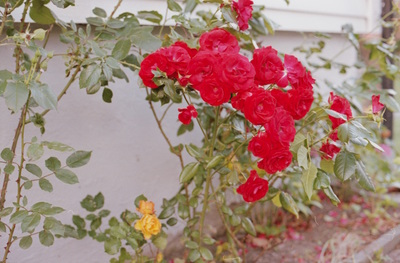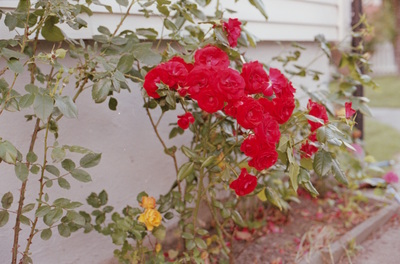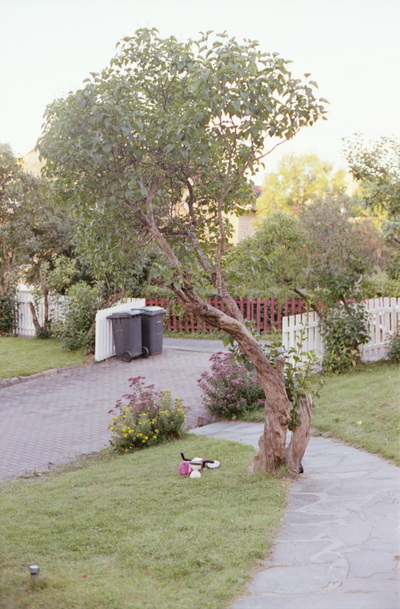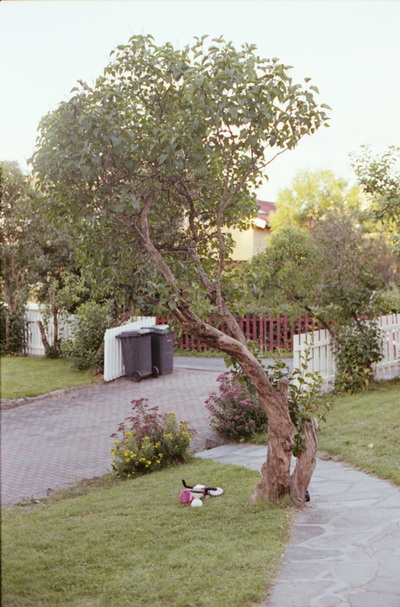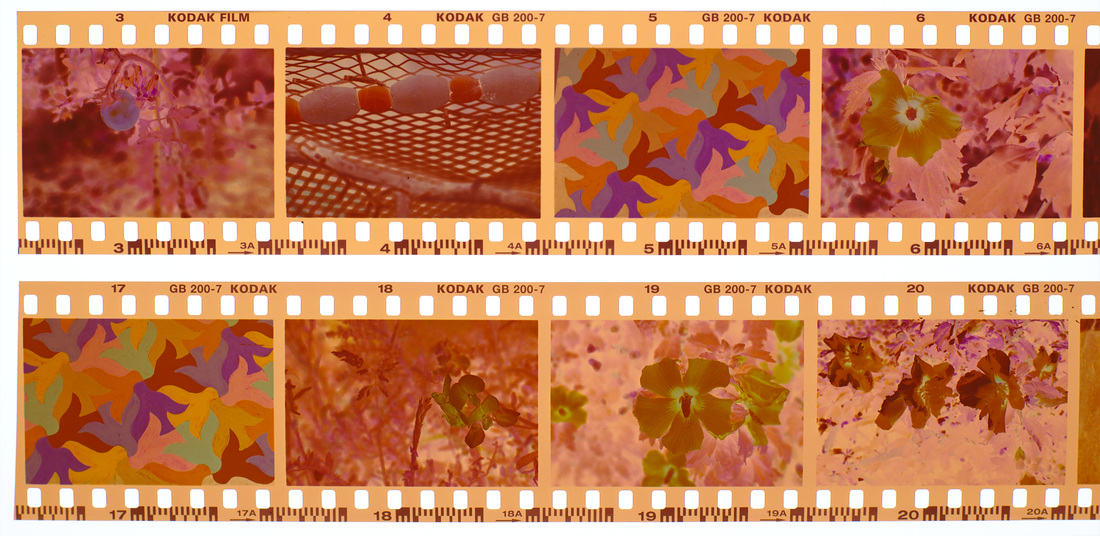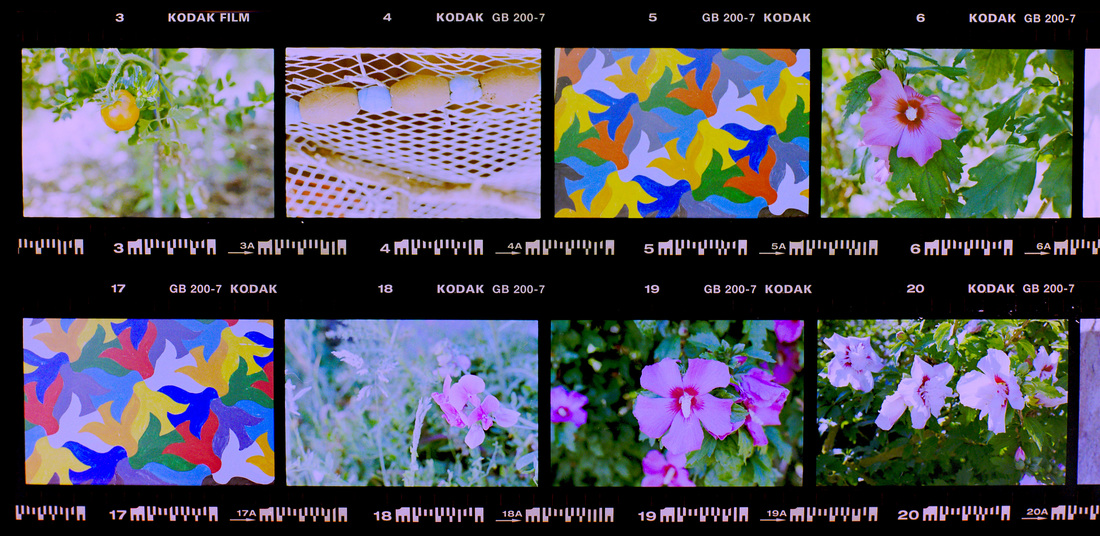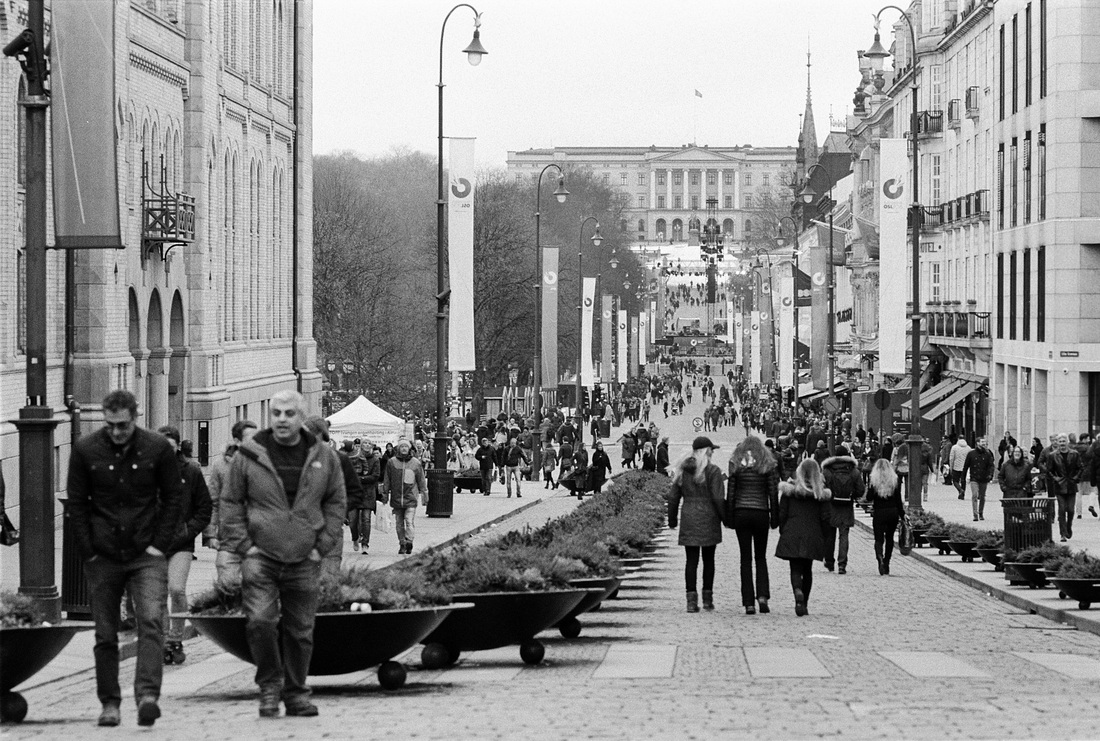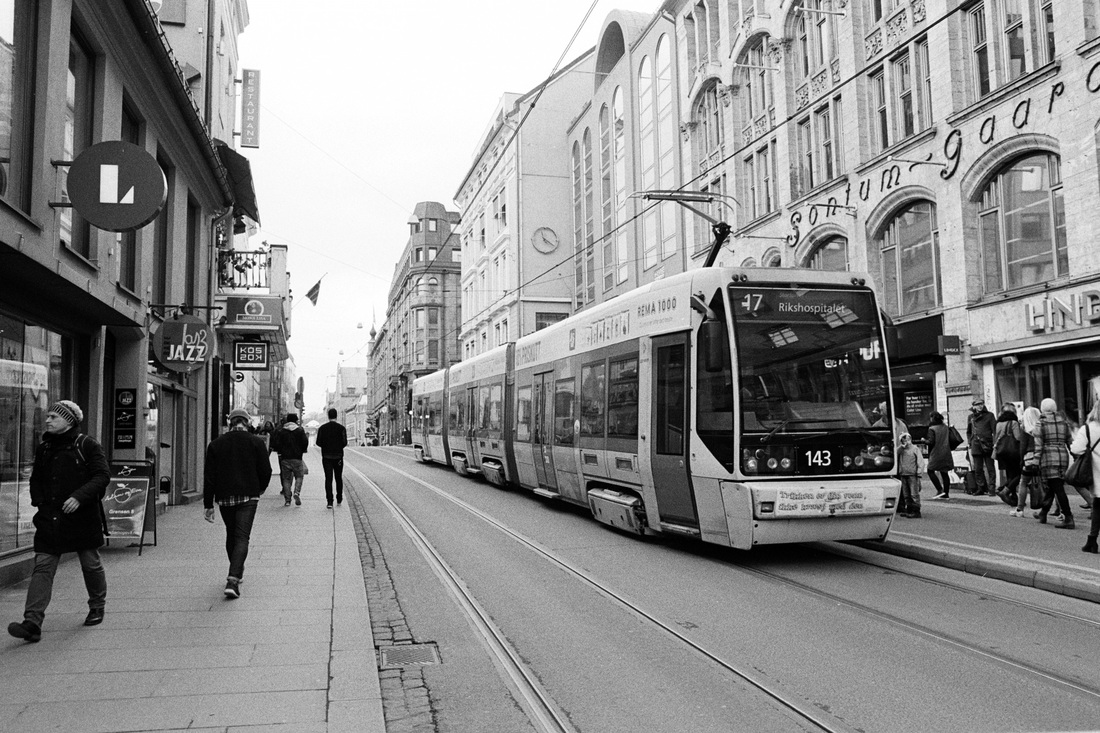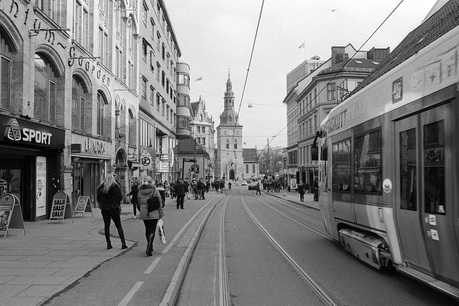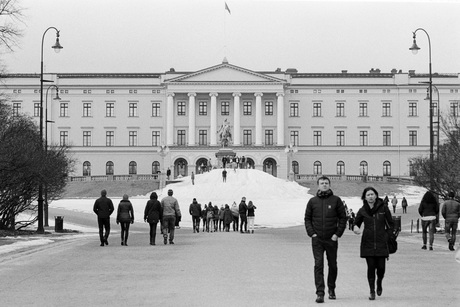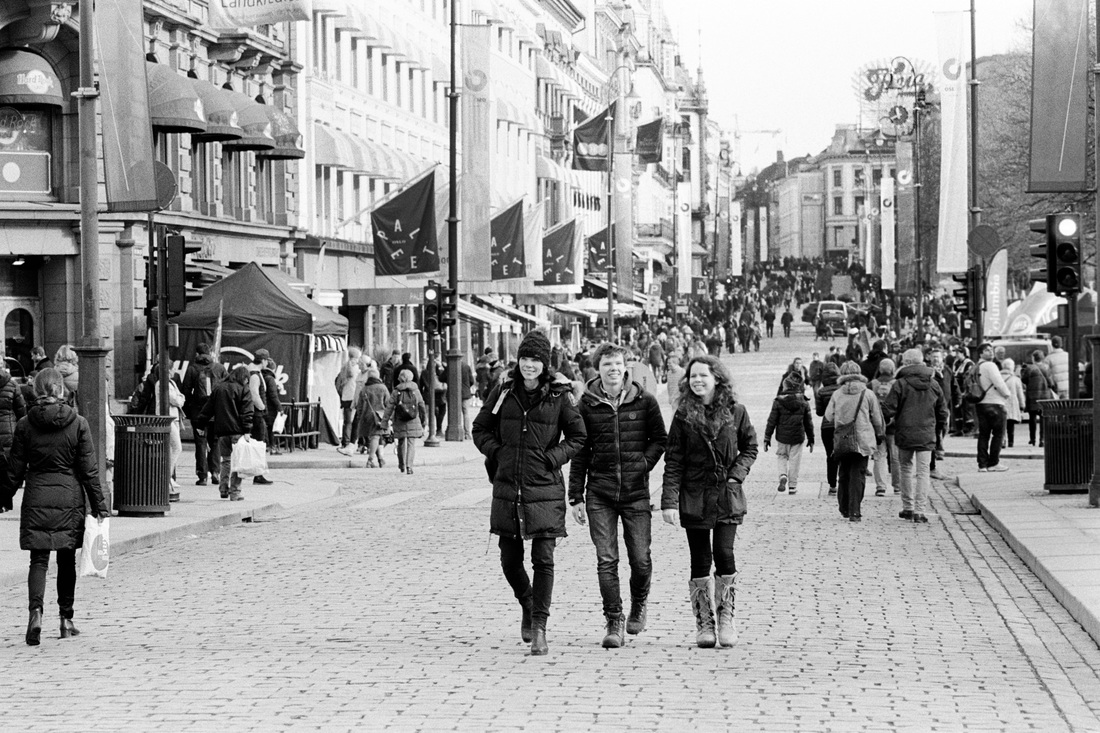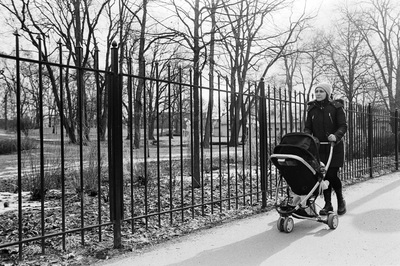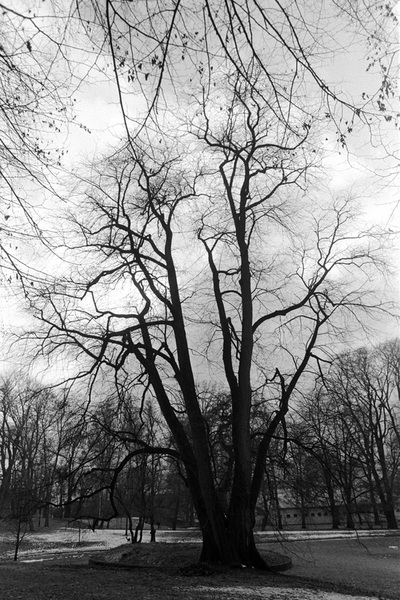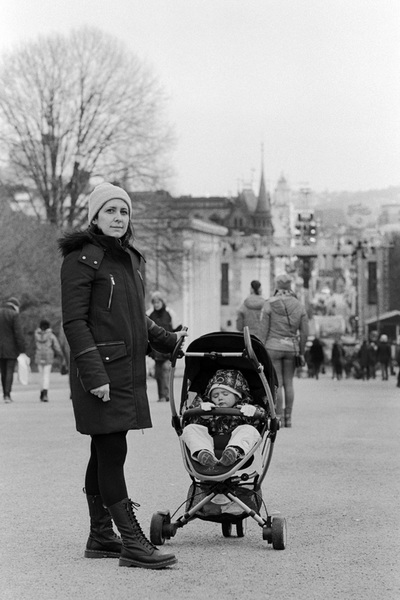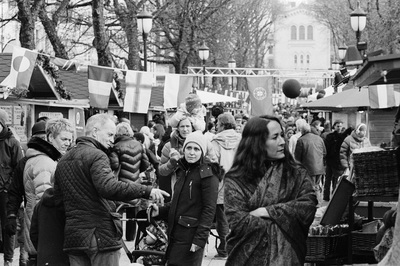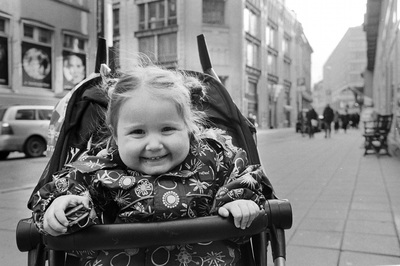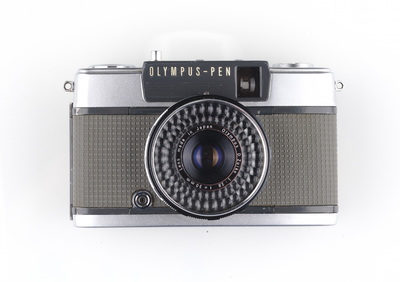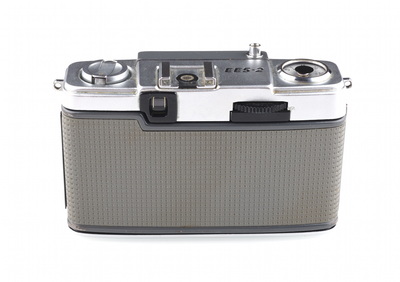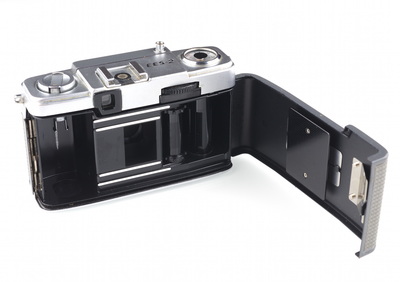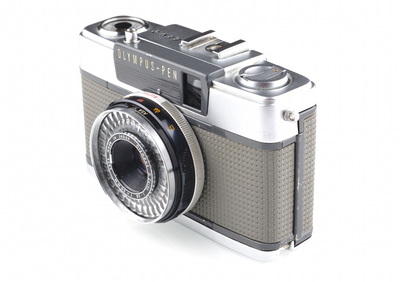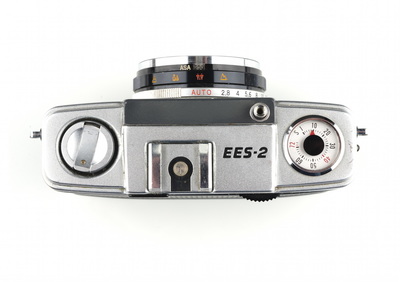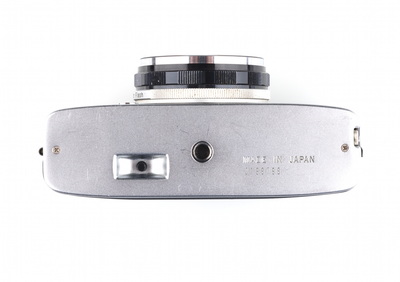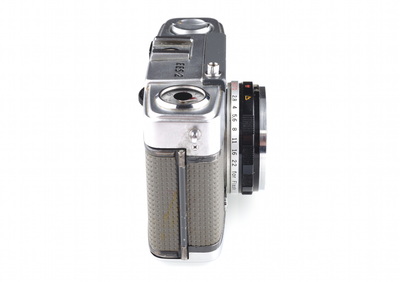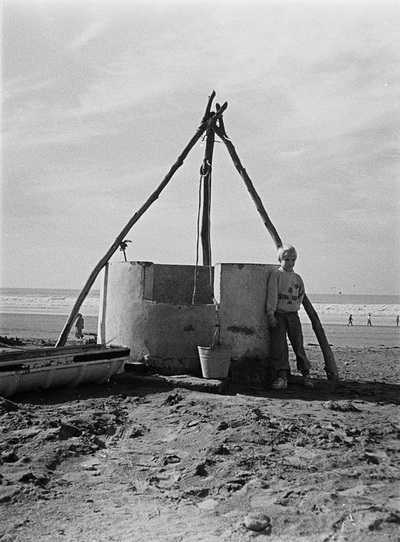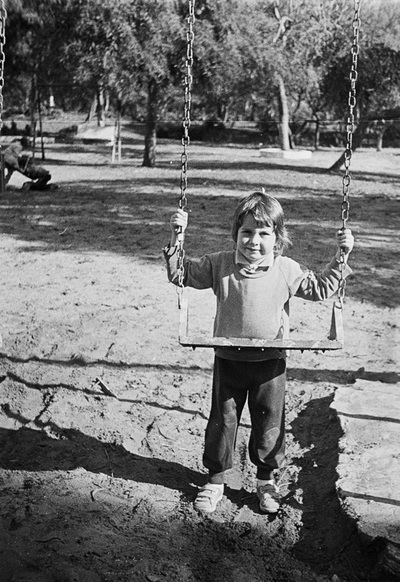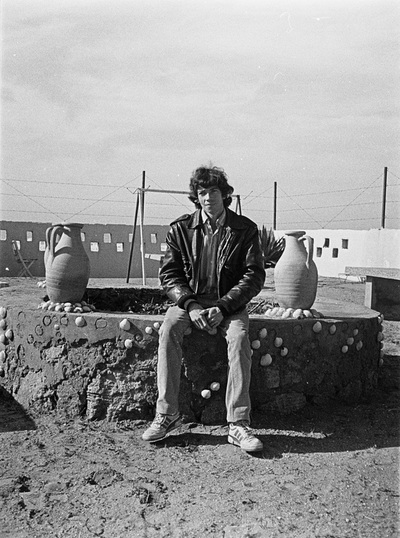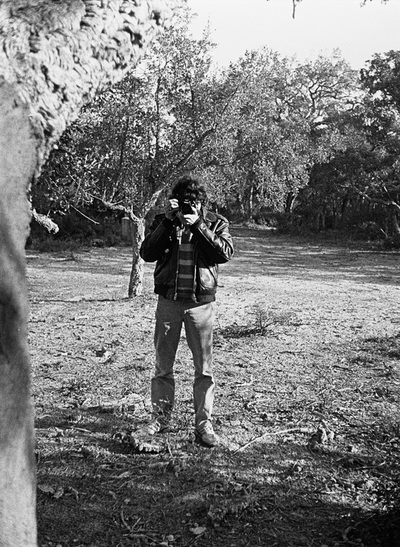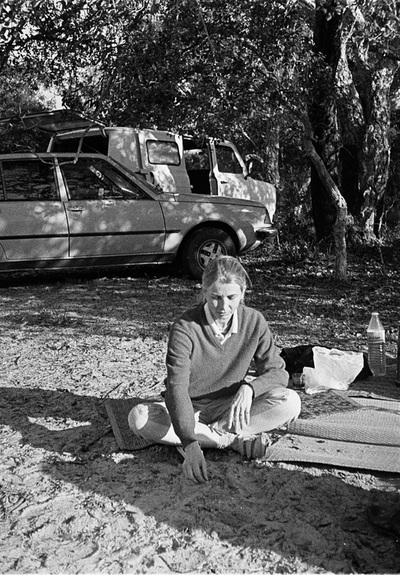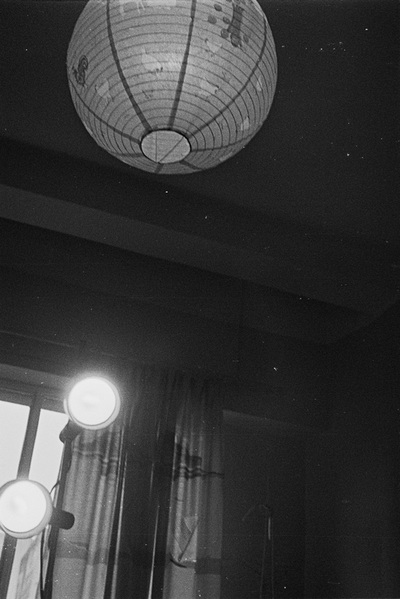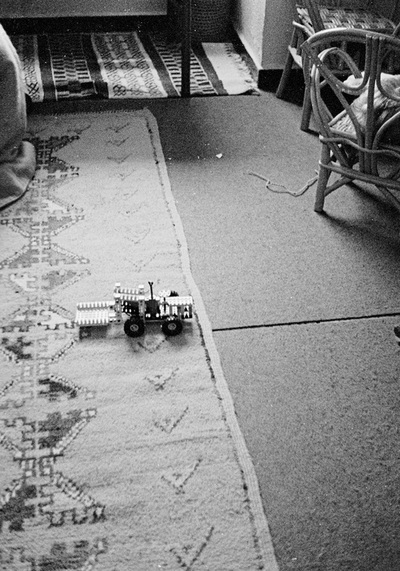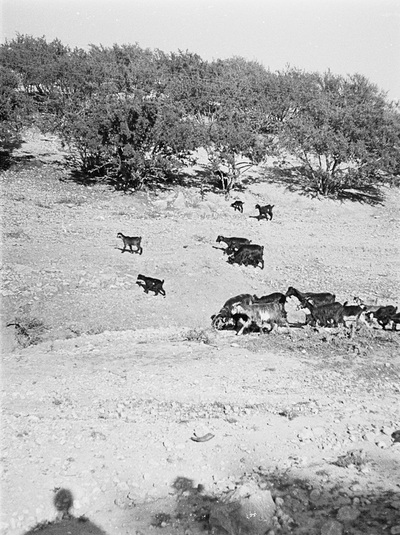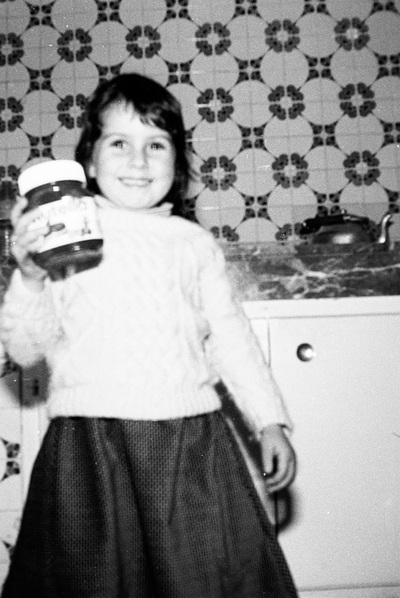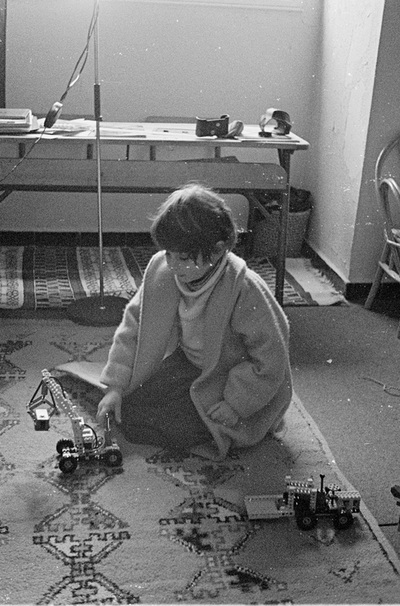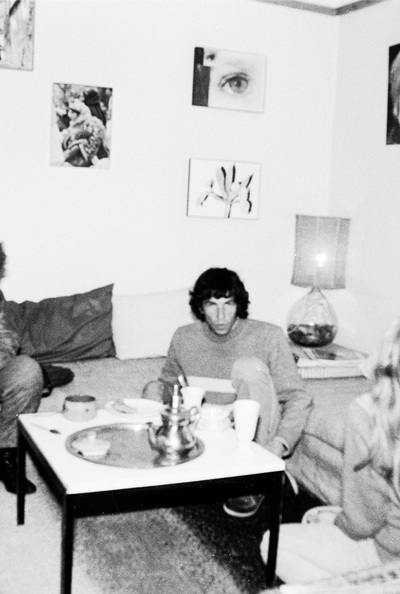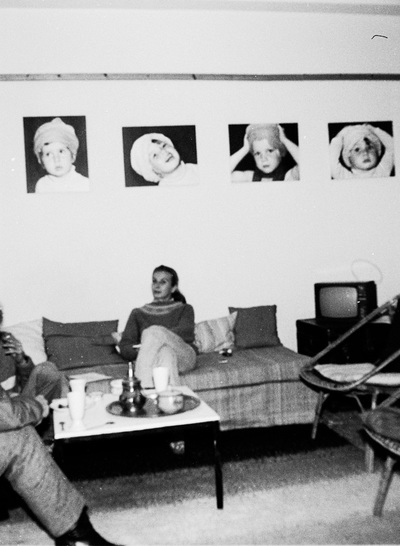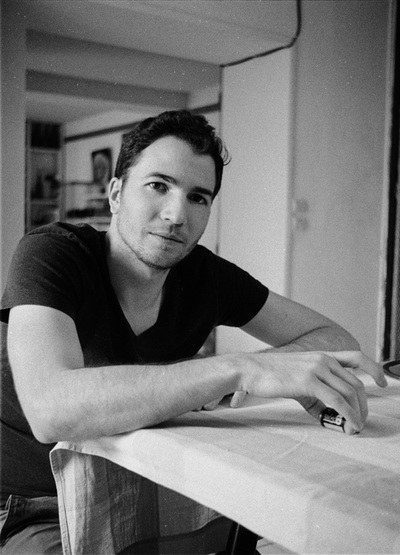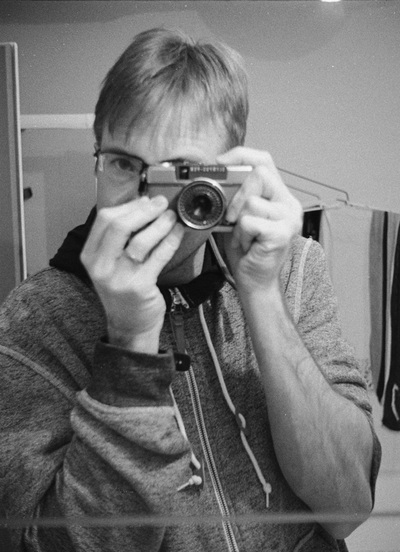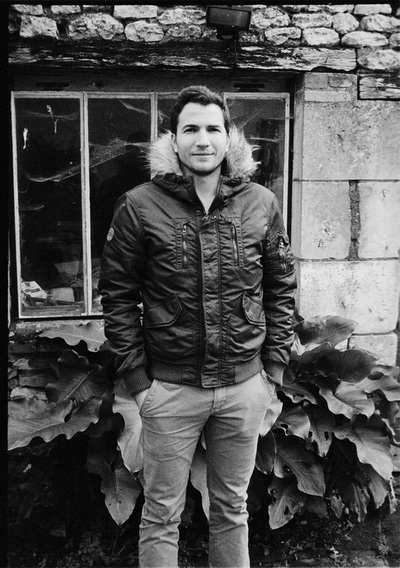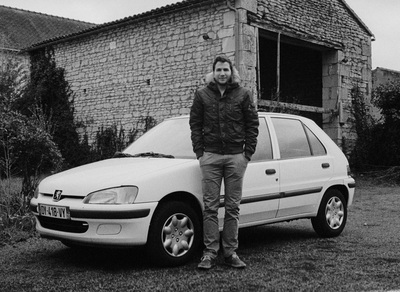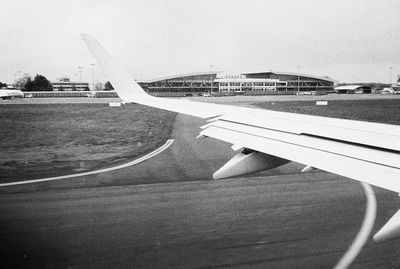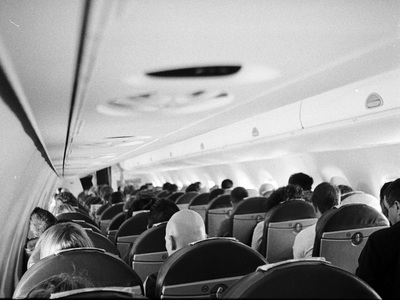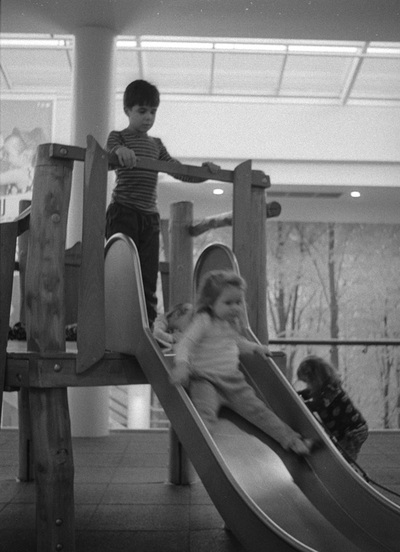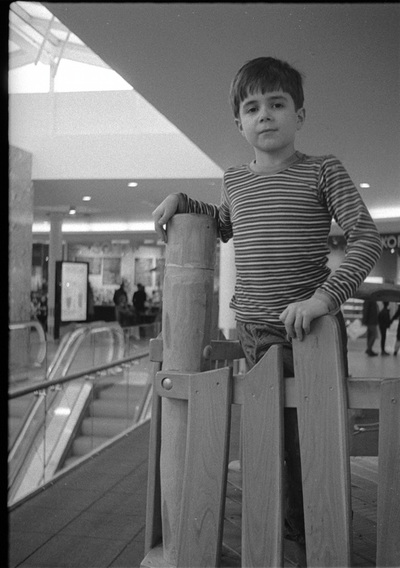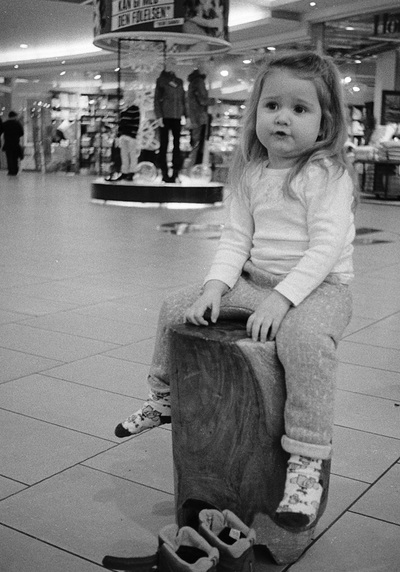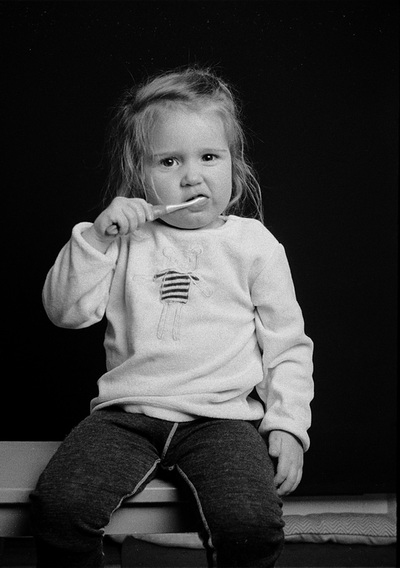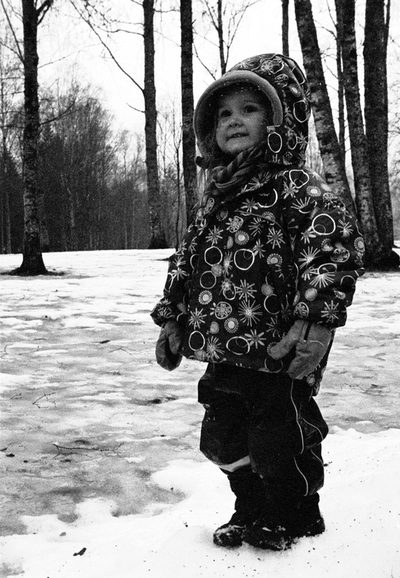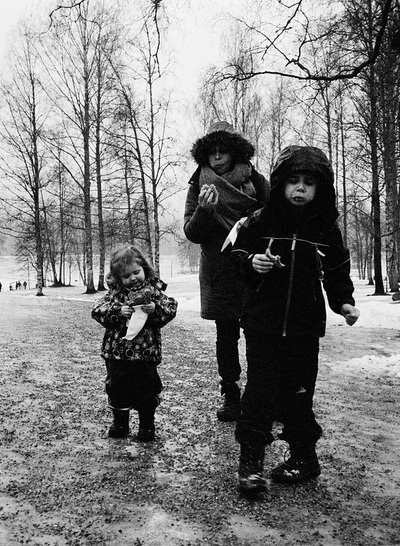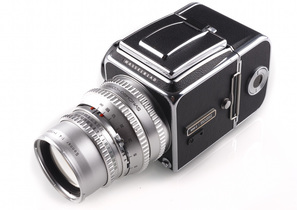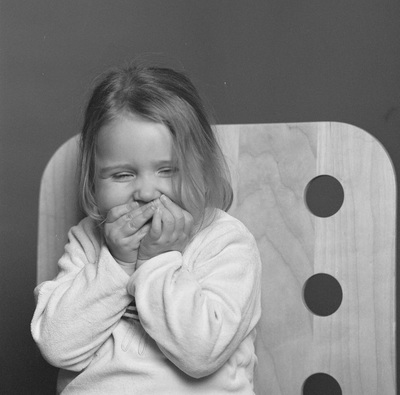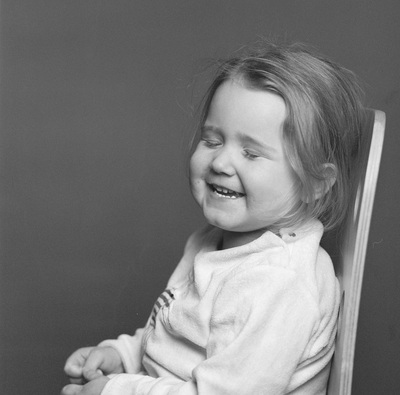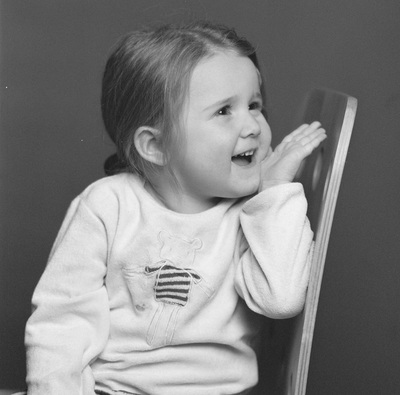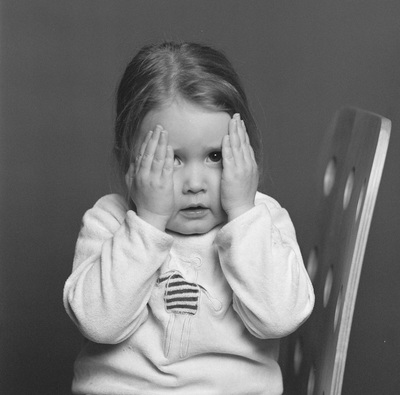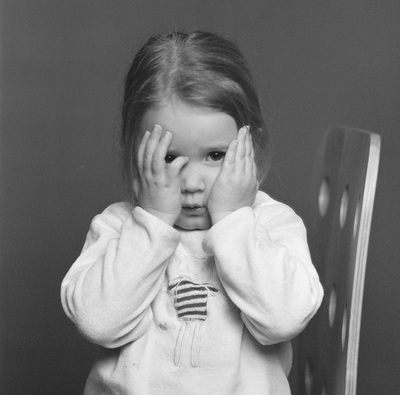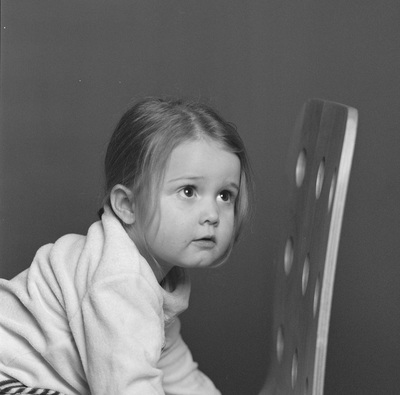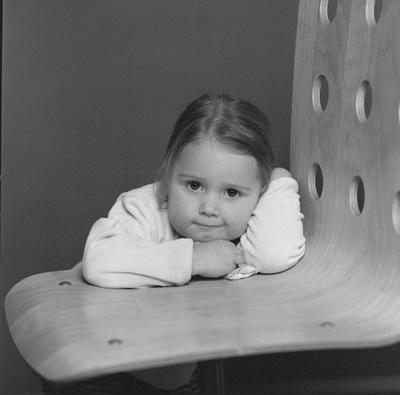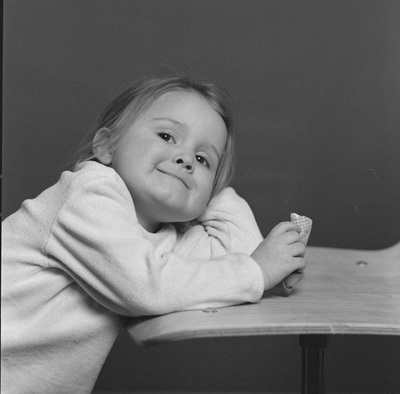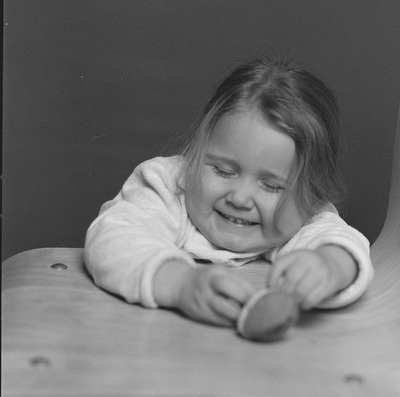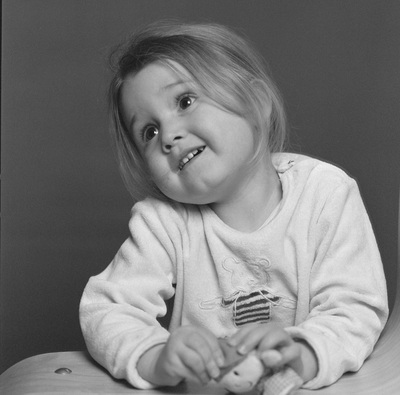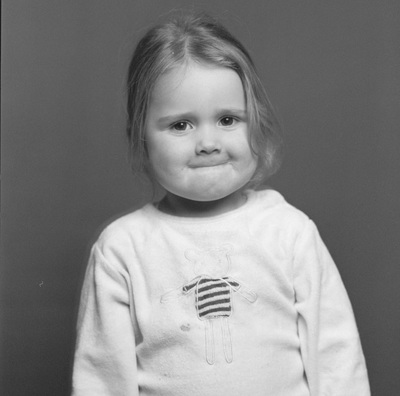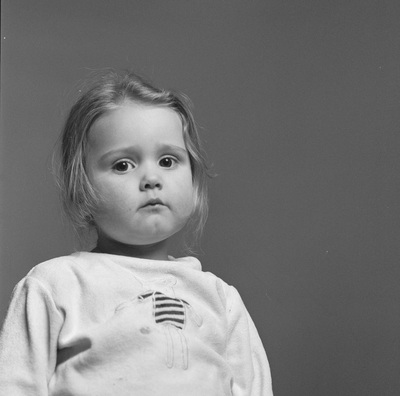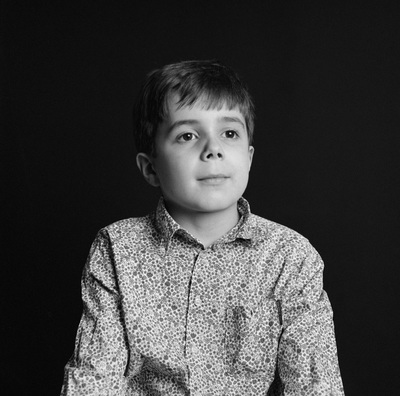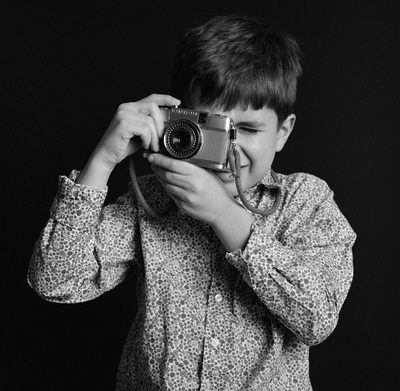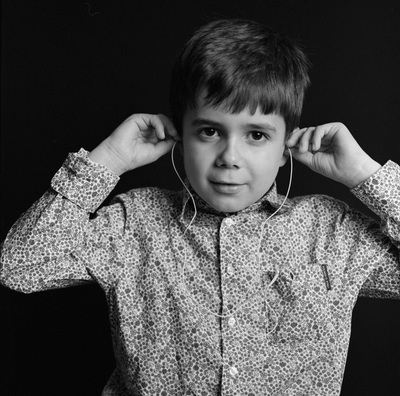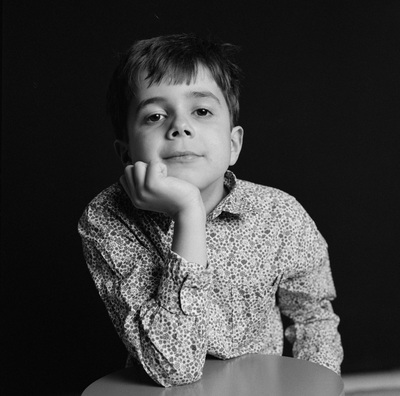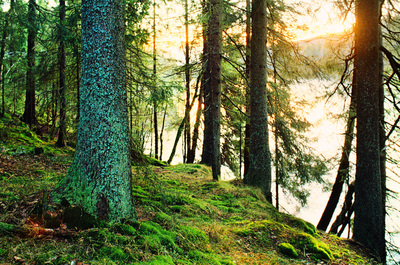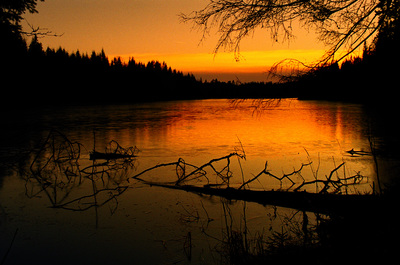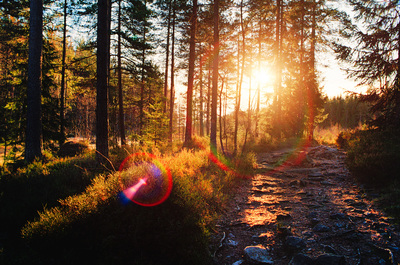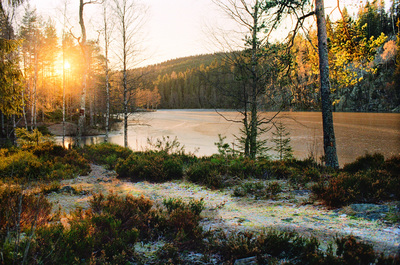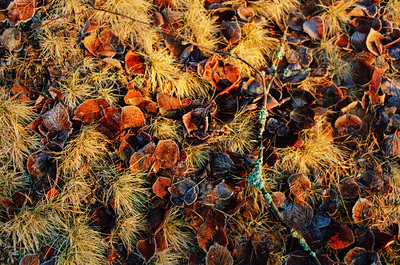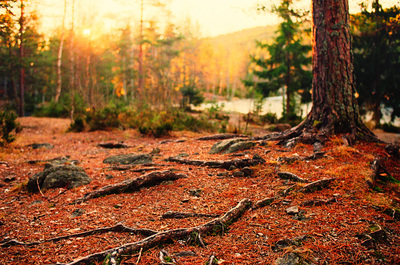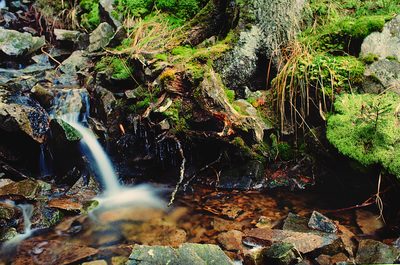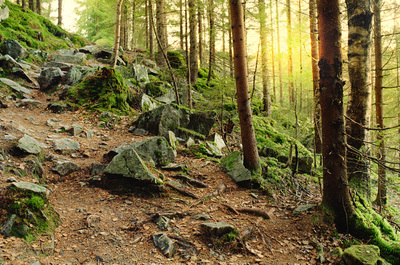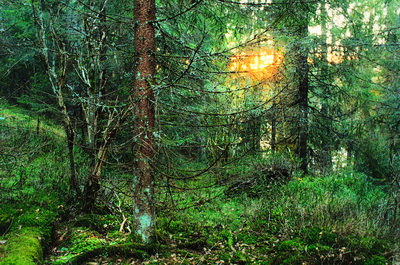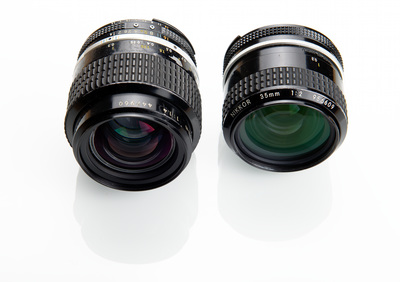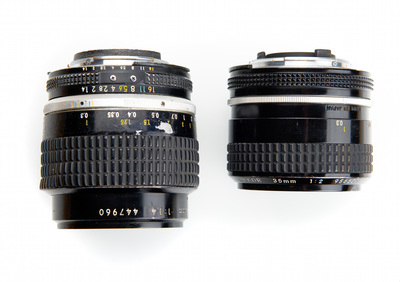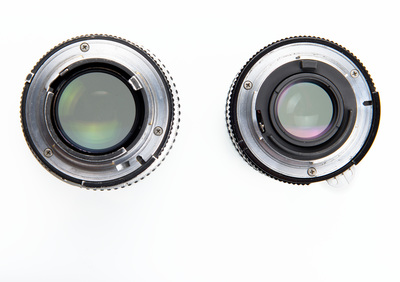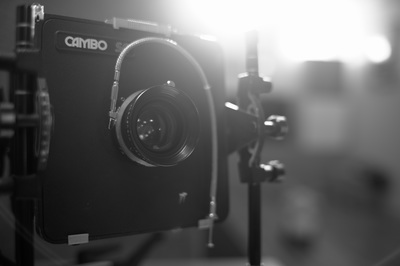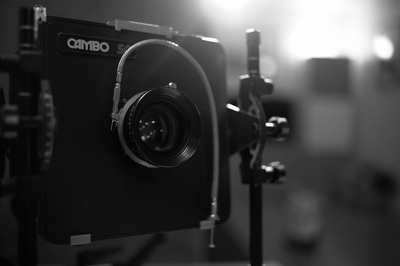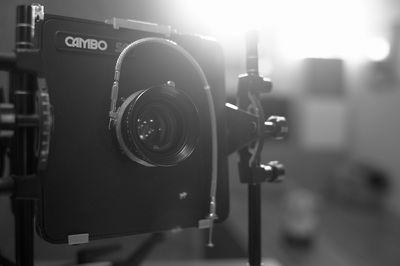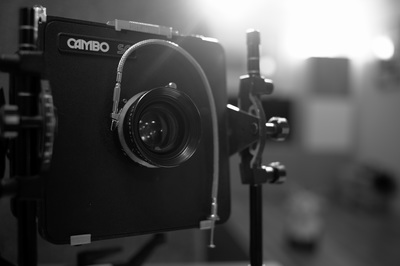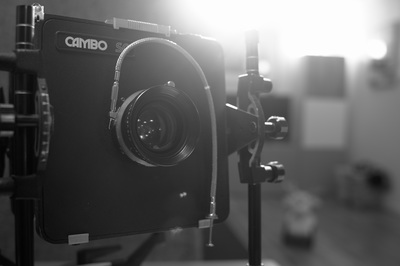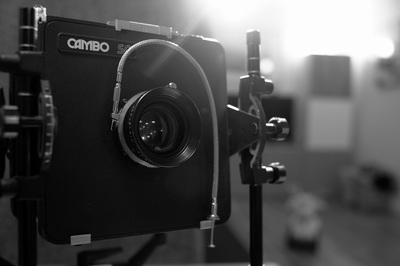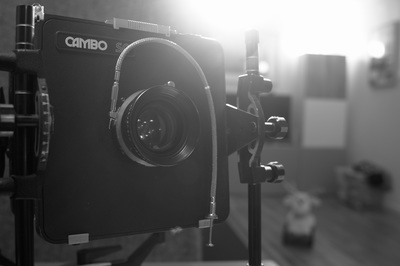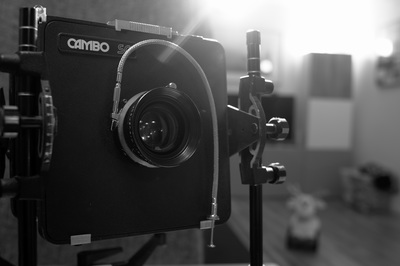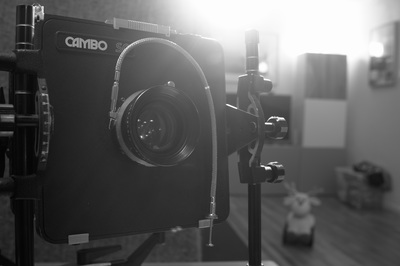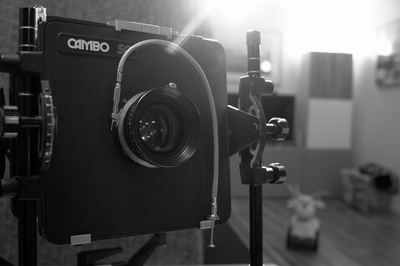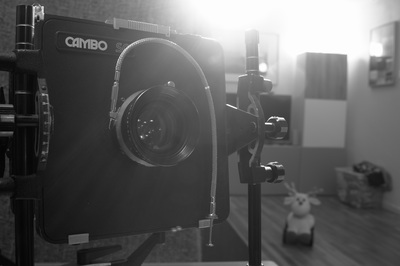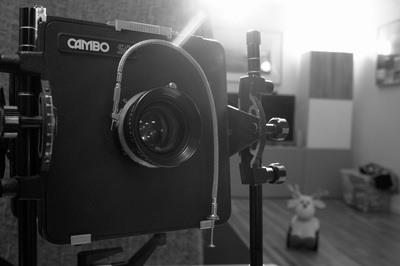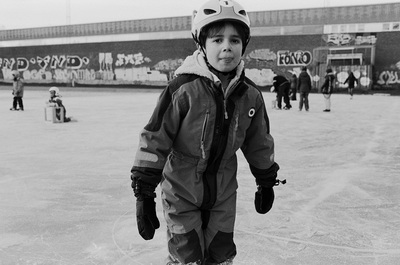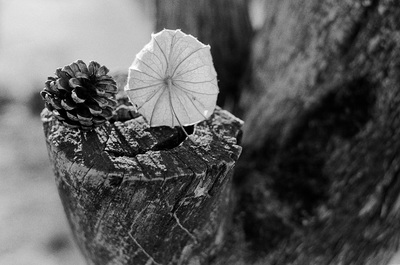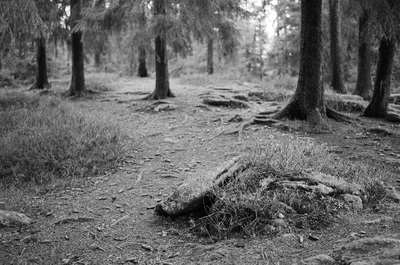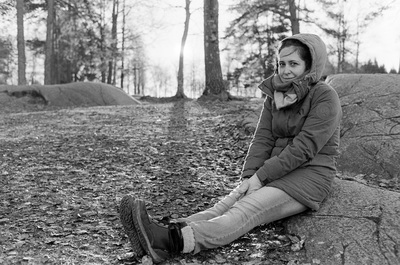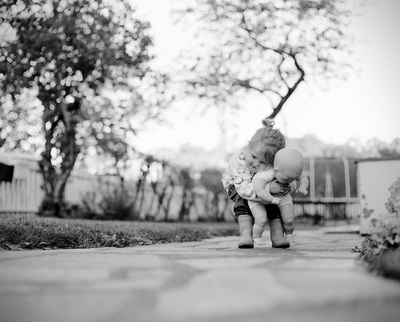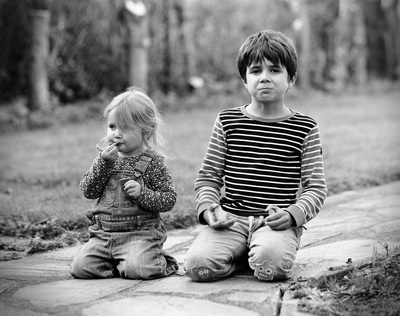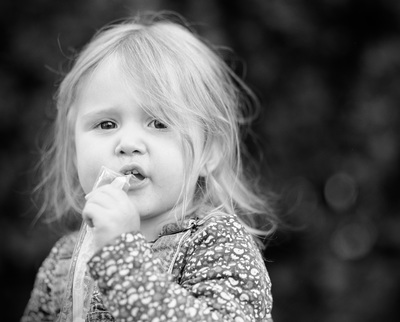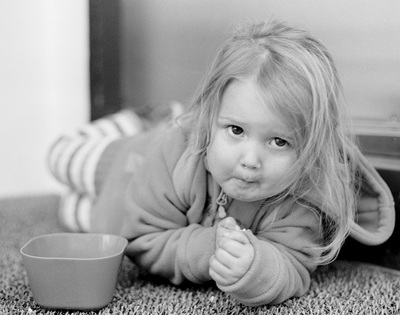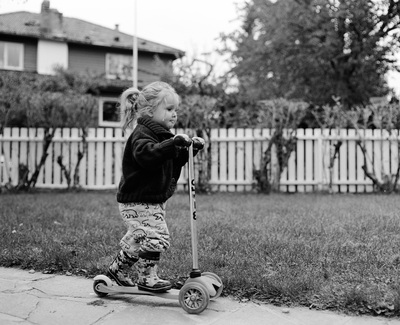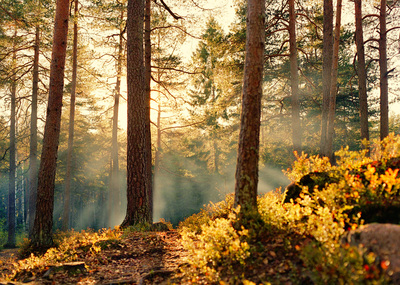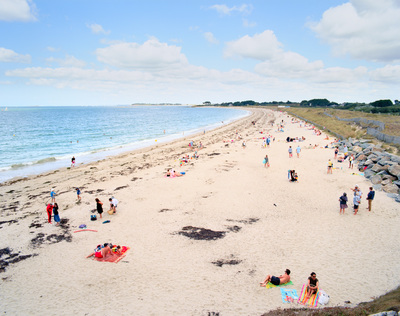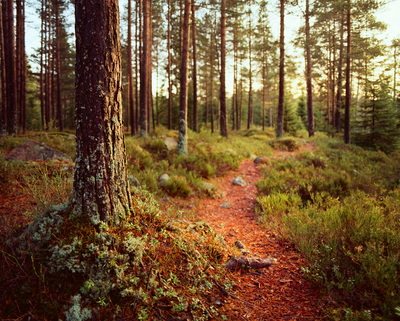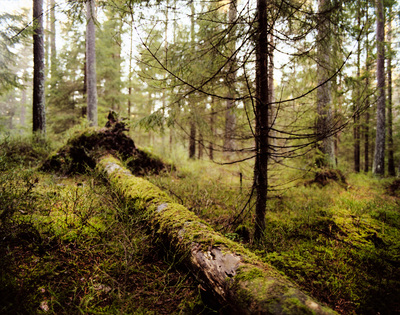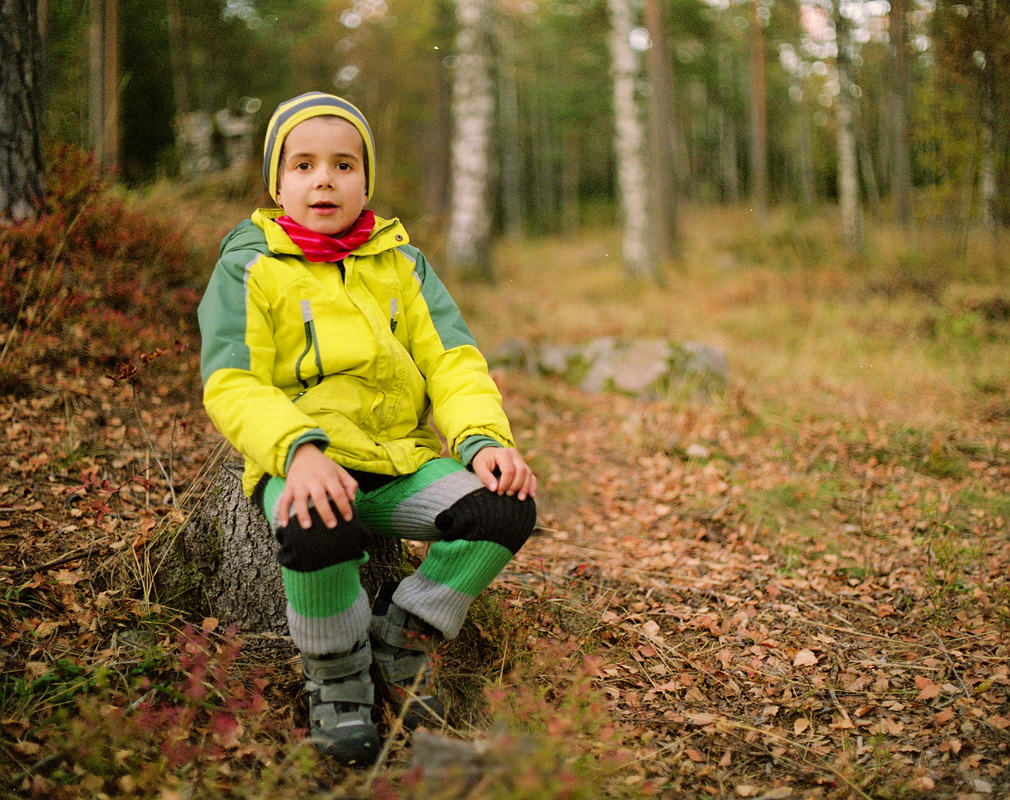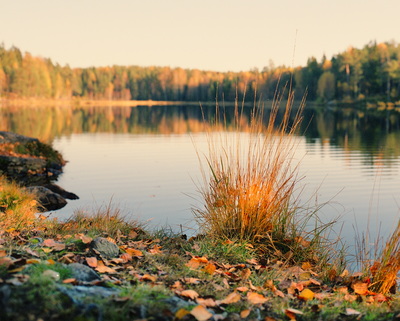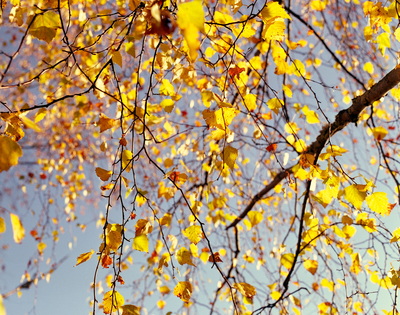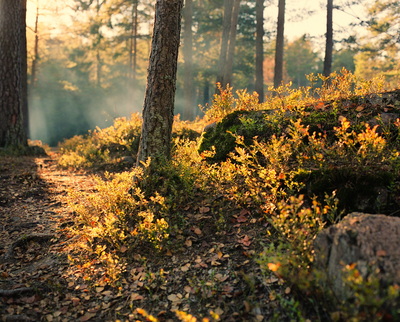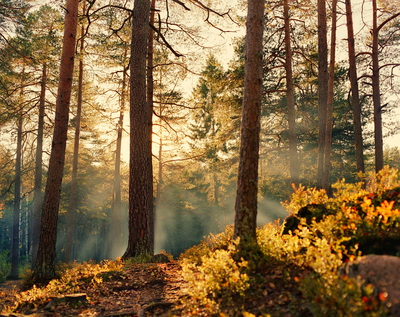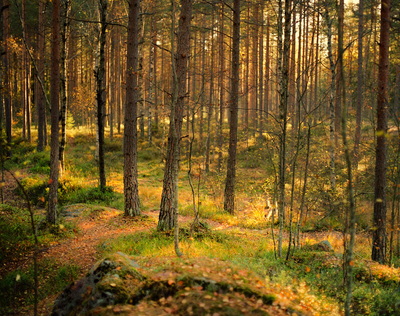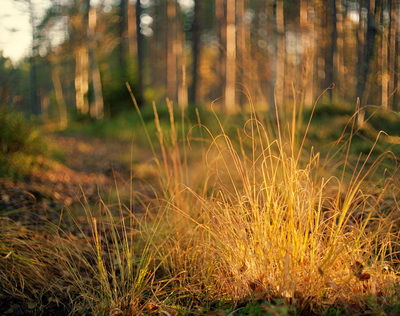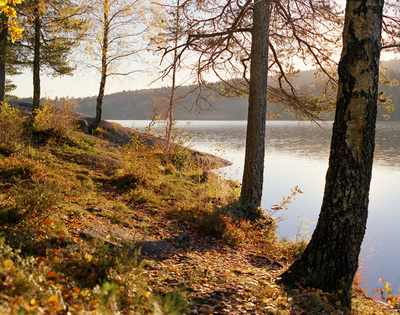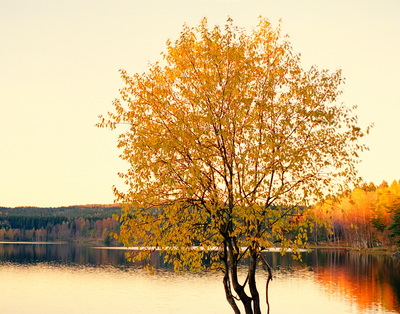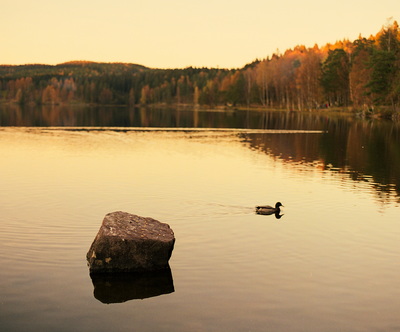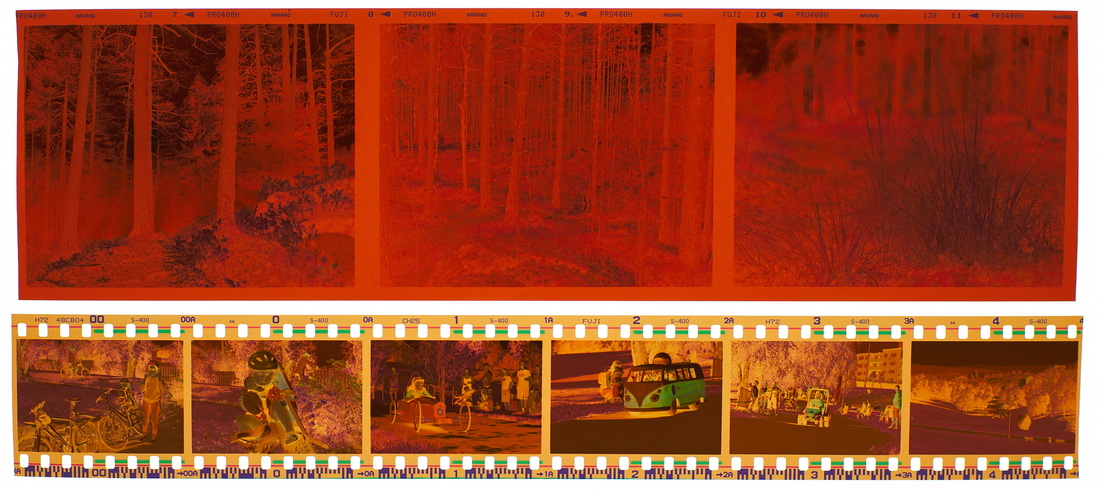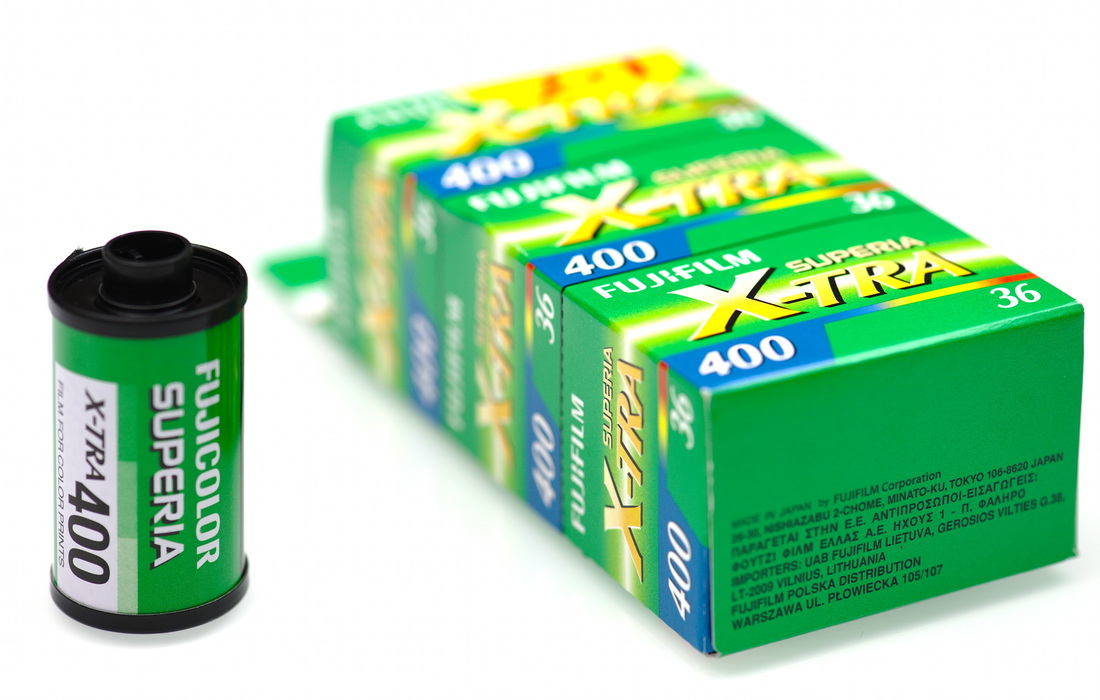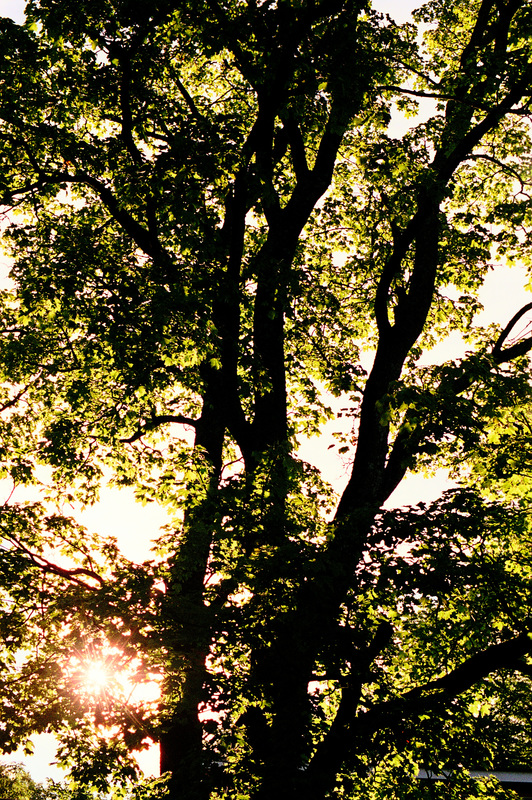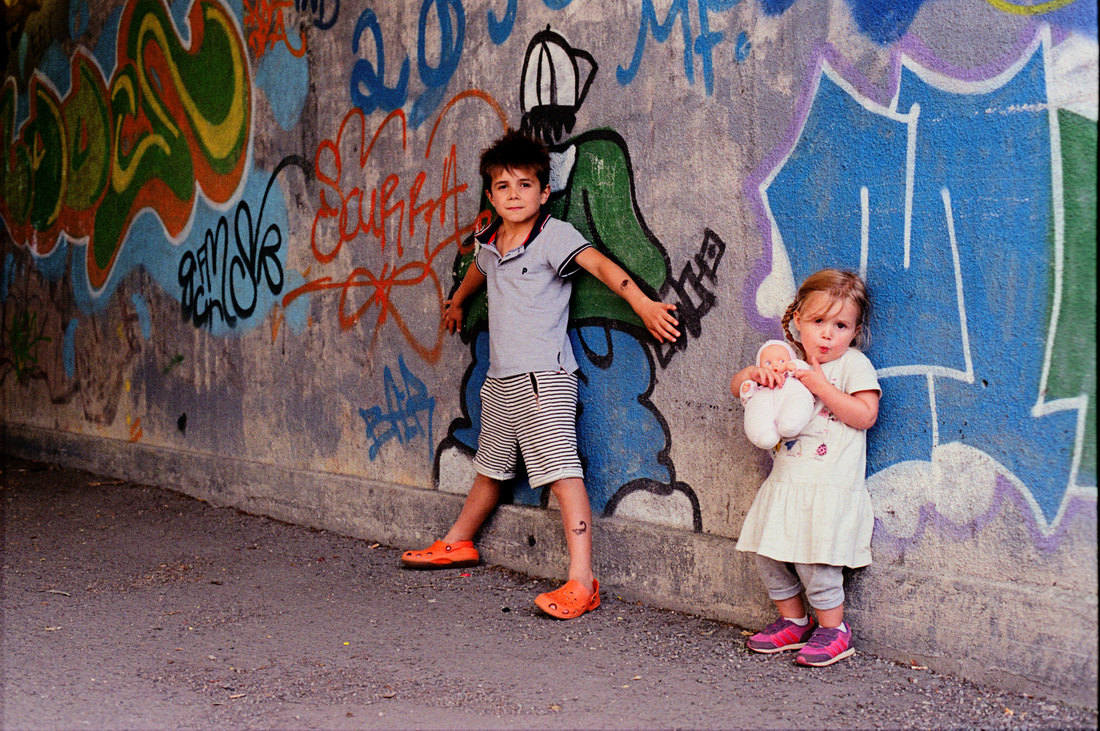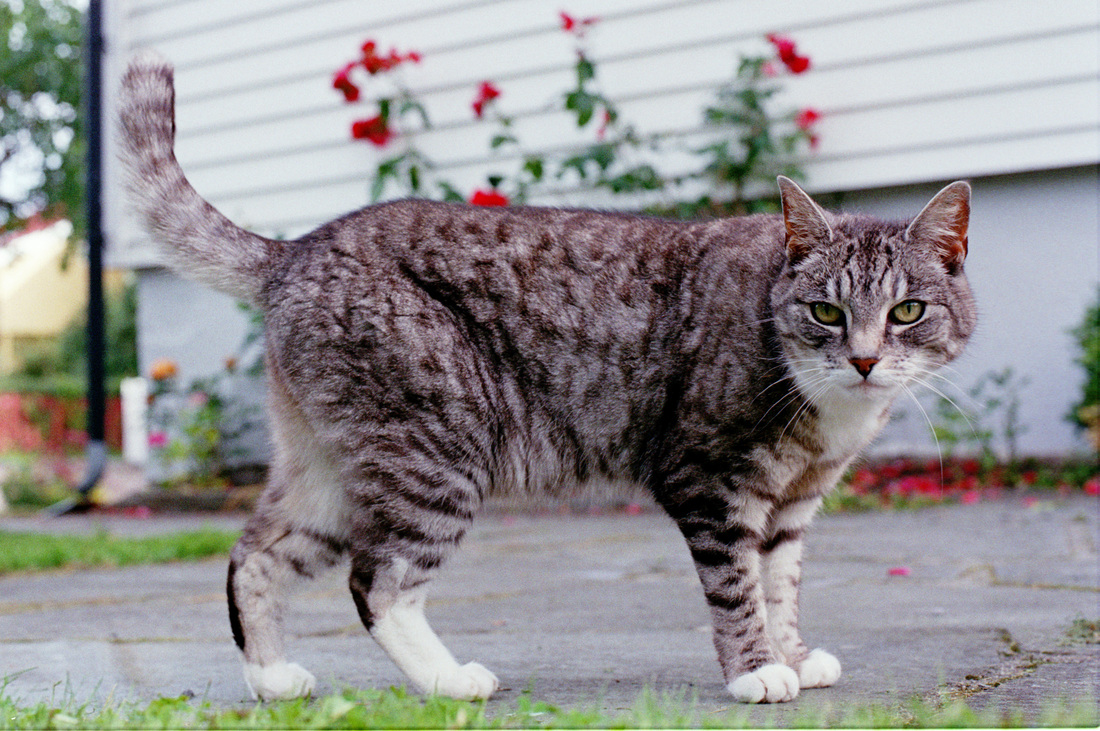Following up on the previous post in which I detailed my process for developing C-41, here is a quick experiment trying to develop at 38°C instead of the 30°C I have used until now. According to the feedback I got from experts, there are probably more disadvantages than just the timing when lowering the processing temperatures. You may follow the discussion on APUG for all the details.
| Anyway, as a first test, I just developed a piece of the test roll I use to check my chemistry at 38°C to see how the results would compare with a piece of the same roll developed previously at 30°C. The picture on the right shows the two strips side by side photographed on the light table. There are some differences which are visible straight away on those two negatives. The bottom one is a bit more dense and a bit more reddish than the top one. To me this is quite a big difference. Typically I use this test to compare the results I get with with old chemistry with those I get with fresh chemistry. All the other strip I have developed were processed at 30°C and look very close to each others. I really cannot tell the difference by just looking a the negative. |
In order to further compare the results and figure out what kind of differences it make, I scanned the two strips together. It can be tricky to compare negatives by scanning them because the scanner or scanner software always applied some curves and corrections to the images. As far as I can tell, the only way to really make sure the exact same processing is applied to the two negatives is to scan them in a single image. This way, whatever the scanner or software applies to the images we are at least sure that the same is applies to the two things we want to compare.
The two images above are the same scan but with the white balance and exposure adjusted for either the top or bottom strip. The adjustments are applied to the whole image in order to keep things comparable within each image. I did not try to make the image look especially good but just adjusted the white balance using the grey wall in the middle of the center image and then adjusted the exposure to get exactly the same grey on both strips. This allow to confirm that the bottom strip is brighter (as would be expected from the darker negative). It also shows that there is significantly different color cast on the two strip: when adjusted for the top strip, the bottom one has a cyan cast to it and when adjusted to the bottom one the top one has a red cast to it. This comparison cannot tell which is more "correct" than the other but there is clearly a big difference.
| To try to see if one would look obviously "better" than the other I combined the two adjusted strip into a single image. I was careful when doing the adjustment to only change the white balance and the exposure. I used the grey wall in the middle of the center image to set both the white balance and the exposure. This way, if the two negative would have a big difference in contrast or saturation it would be visible. Looking at the results, the two set of images look pretty similar to me. Maybe the shadows look a bit brighter on the bottom strip. Maybe the highlights look a bit warmer on the top strip. But these are really small differences compared to the color balance and exposure which has been corrected. What do you think? Do you have a favorite? Do you see other differences which I have missed? |
It is not possible to fully conclude anything from this experiment but I really did not expect to see such a big difference. Is it all because of the processing temperature? Could it be because somehow I did not have the exact right temperature or time? At 30°C I have very very consistent results, all the differences I have ever seen are on the level of tiny differences, never such a big jump in color balance or exposure. I have to process more film at 38°C to see if I get the same consistency. If it is the case, I can then confirm that the big difference I observe here is really related to the temperature of the processing.
Note: One thing I was worried about was having uneven development when developing at 38°C because I have seen a couple of instance of people having the problem. On the piece of film I have developed there are no sign of any issues, that is reassuring. In terms of agitation, I used the stick for the first 10-15 sec and then 2 inversions every 30 sec.
| fullresolution.zip |
Conclusion
In terms of the time, the general rule of thumb is that bellow 5min is a bit short to be 100% consistent so I really prefer the longer times when developing at 30°C (8 min vs. 3"15 or 3"30 at 38°C). However, I was assuming that there was no big difference in the results. Ok, it is hard to define "big difference" but if I see the difference just looking at the negative on the light table, it is definitely a big difference!
To further investigate, as of now I am switching to processing my film at 38°C (at least for a while) to see if I notice any difference and how consistent are the results I get. I'll update the previous post with the 38°C process and times I will use.
To further investigate, as of now I am switching to processing my film at 38°C (at least for a while) to see if I notice any difference and how consistent are the results I get. I'll update the previous post with the 38°C process and times I will use.
